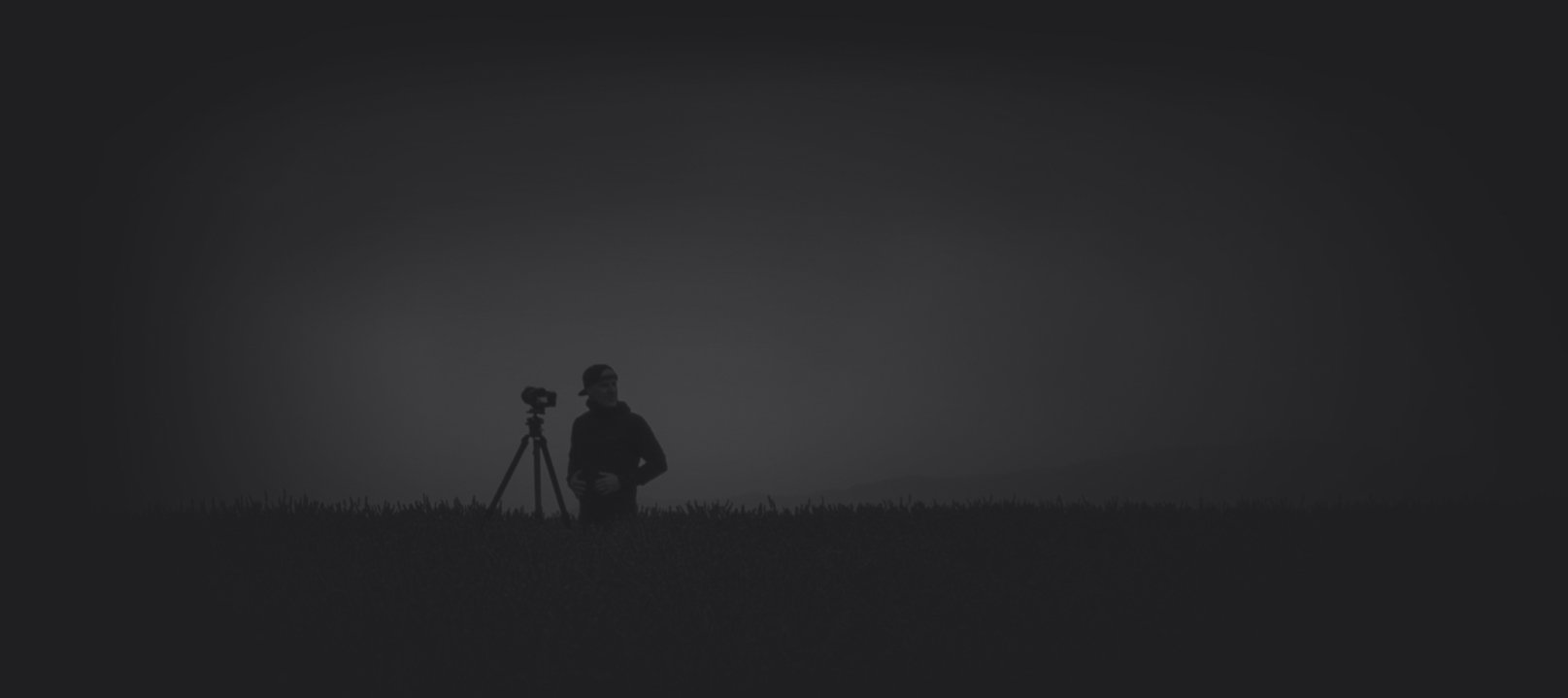The Evolution of Abstract Landscape Photography
Abstract landscape photography distorts reality to evoke emotions and challenge perceptions. Its history traces back to early experiments in photography and the influence of painting. Techniques include long exposure, multiple exposures, and intentional camera movement. Challenges include balancing abstraction with recognition and finding unique perspectives.
Exploring the Captivating World of Abstract Landscape Photography
Abstract landscape photography is a captivating genre that explores subjective interpretations through compositions that deconstruct, distort, or simplify elements of nature. By pushing boundaries and embracing experimentation, photographers offer a fresh perspective on our connection with the natural world.
Instead of representing scenery as it appears in reality, photographers aim to create images that evoke emotions. Great abstract photography will challenge viewers' perceptions of the world.
Abstract photography involves experimenting with angles, compositions, and patterns. One goal is to deconstruct or distort elements of nature, resulting in visually striking and thought-provoking images. Such compositions offer a fresh perspective on the beauty and magic of the natural world.
In this blog, we’ll explore a few examples of abstract photography. We’ll incorporate discussion of the abstract nature photography of Peter Lik. We hope you’ll gain a better understanding of just how complex capturing these dynamic images can be. Ideally, you will increase your appreciation of this uniquely evocative subject matter.
Continue reading to immerse yourself in the captivating world of abstract landscapes.
View Peter Lik's award-winning fine art photography
A Brief History of Abstract Landscape Photography
Photography has always been a unique medium, as it is bound by the restraints of technology. Consider the first photograph, captured by Joseph Nicéphore Niépce. The exposure allegedly took eight solid hours.
Thus, static landscapes have long been a popular subject. A mountain is unlikely to grow restless during a sitting, after all.
As cameras improved, however, their capabilities became more nuanced and diverse. As a result, photographic subject matter moved from static imagery toward more engaging and experimental work.
Per the Library of Congress, this began with the invention of the Daguerreotype in 1837. This gave way to new movements as artists experimented with long exposure and movement. Many of these early experimental photographs reflected the impressionistic paintings of the French masters.
From that point on, there was a connection between landscape photography and the language of painting. Meanwhile, detractors began to challenge photography’s place in the world of fine art. As a result, making thoughtful choices about composition, subject matter, framing, and light became paramount.
Ultimately, through experimentation and a quest for legitimacy, abstract nature photography was born. You can see this history reflected in many of Peter Lik’s bestselling abstract landscape photographs.
Painterly examples of Lik’s abstract work include:
One of the most famous examples is Peter Lik’s masterwork One, which sold to an anonymous buyer for $1 million.
Abstract Landscape Photography: Examples
Numerous examples of abstract landscape photography showcase diverse and creative possibilities. Here are a few ways that fine art photographers have innovated in their quest for artistic expression.
- Long exposure seascapes: Photographers capture the movement and energy of crashing ocean waves on the beach or flowing rivers. The result is ethereal images where water appears softened and misty
- Multiple exposures: Multiple exposures blend different elements or moments within a single image, creating surreal compositions
- Intentional camera movement (ICM): This technique involves deliberately moving the camera during an extended exposure. The process results in blurred lines, strokes, and shapes
- Reflections: By focusing on reflections in water or other surfaces, photographers capture abstract compositions. The images distort reality and create unique patterns and symmetries
- Minimalism: Embracing simplicity and negative space, minimalist abstract landscape photography seeks to distill landscapes down to their essential elements
- Textures and details: Some abstract landscape photographers focus on the intricate details found within natural environments. Examples include patterns on tree bark or the texture of rocks
Browse Peter Lik’s collection of abstract landscape photographs
What Are Some Challenges in Abstract Landscape Photography?
Abstract landscape photography presents its own set of challenges. Photographers must navigate these hurdles in order to create visually captivating and thought-provoking images.
Challenges include:
- Translating the abstract concept: One of the main challenges is effectively translating an abstract idea or interpretation into a visual representation
- Balancing abstraction with recognition: Striking the right balance between creating an abstract image while still allowing viewers to recognize landscape elements
- Composition and visual elements: Finding strong composition, lines, shapes, and patterns to create visually engaging images in natural environments requires patience and careful observation
- Technical skills: Mastering the technical aspects of photography is essential for abstract landscape photographers
- Creative vision: Developing a unique creative vision requires pushing boundaries, experimenting with different techniques and approaches, and taking risks while maintaining coherence in your body of work
- Finding unique perspectives: Discovering new angles, compositions, or viewpoints that haven't been captured before requires exploration, research, and patience to find distinctive perspectives that stand out
Where Can I Purchase Abstract Landscape Photography?
Abstract landscape photography can be purchased from various sources, depending on your preferences.
- Photography galleries: Visit local art galleries, like LIK Fine Art, specializing in fine art or photography exhibitions.
- Artist's websites: Many photographers, like Peter Lik, maintain websites where they sell their prints directly to customers
Explore the world of Peter Lik’s abstract photography or visit one of our LIK Fine Art Galleries today. Start by viewing our full landscape photography collection, or our open editions.

